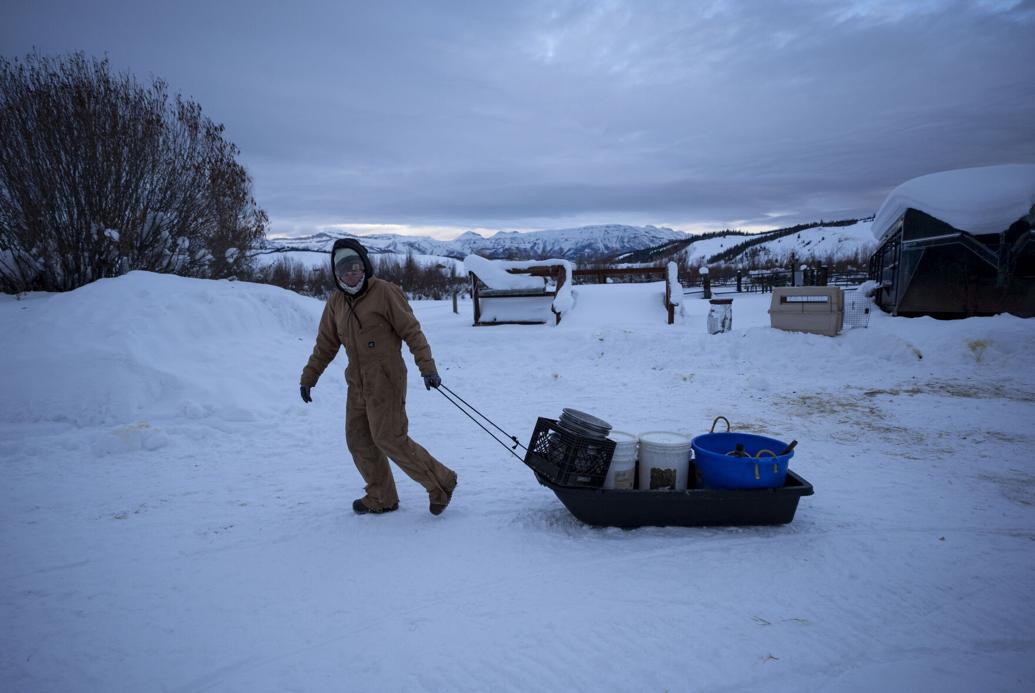A rise in cases of Mycoplasma pneumoniae, commonly known as “walking pneumonia,” has led to an increase in prolonged respiratory symptoms among US children this year, CNN reports.
According to recent reports from the Centers for Disease Control and Prevention (CDC), these cases are particularly impacting young children and may require alternative antibiotics as traditional options like amoxicillin are proving ineffective.
Dr. Buddy Creech, a pediatric infectious disease expert at Vanderbilt University Medical Center, noted that this uptick became noticeable as early as summer. By August, pediatricians in the Nashville area had observed an unusually high number of children with persistent coughs resistant to standard treatments.
“The number of children exhibiting symptoms that align with Mycoplasma pneumonia has risen remarkably this season,” Creech said.
The CDC’s latest bulletin underscores that Mycoplasma, a bacterial infection, is currently more prevalent than in past years and typically requires antibiotics like azithromycin rather than common first-line treatments.
Data collected by the CDC from emergency room visits shows a significant jump in Mycoplasma infections in young children. In those ages 2-4, cases have climbed from 1% in April to over 7% by early October, while rates among older children doubled during the same period.
Mycoplasma pneumoniae is highly transmissible through respiratory droplets, particularly in crowded environments such as schools and daycares. The illness generally presents with mild symptoms like a dry cough, headache, sore throat, and low-grade fever, though it may worsen over weeks and require medical intervention. The bacteria, challenging to diagnose through standard lab tests, are now more readily detected due to advancements in multiplex testing, allowing simultaneous screening for multiple pathogens.
Dr. Geoffrey Weinberg, a pediatric infectious disease specialist at the University of Rochester Medical Center, explained that cyclical infection patterns could be a contributing factor. Mycoplasma cases tend to surge every few years, and current levels may be reflecting a natural cycle following pandemic disruptions, which had temporarily suppressed other respiratory illnesses.
“While this year’s rise in Mycoplasma cases seems substantial, national rates are fairly similar to pre-pandemic levels,” he said.
Mycoplasma pneumonia, like other respiratory illnesses, can lead to complications in children with pre-existing conditions such as asthma. In rare cases, the infection can spread beyond the lungs, potentially impacting the brain, spinal cord, and other nerves, though this remains uncommon. The CDC recommends that parents remain vigilant for prolonged respiratory symptoms in children and consult healthcare providers for appropriate testing and treatment options.









